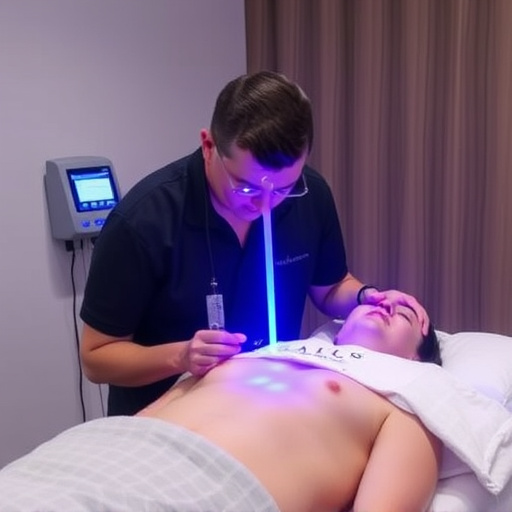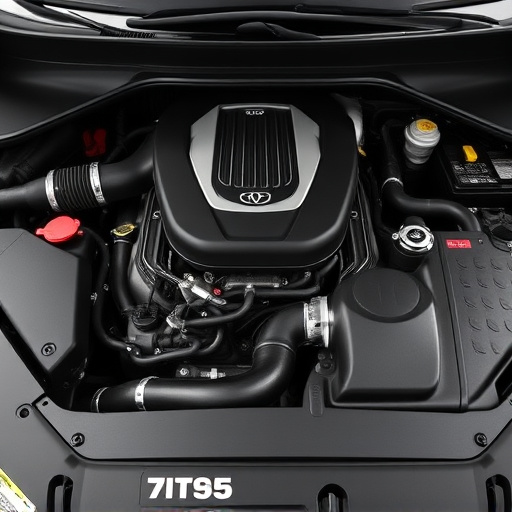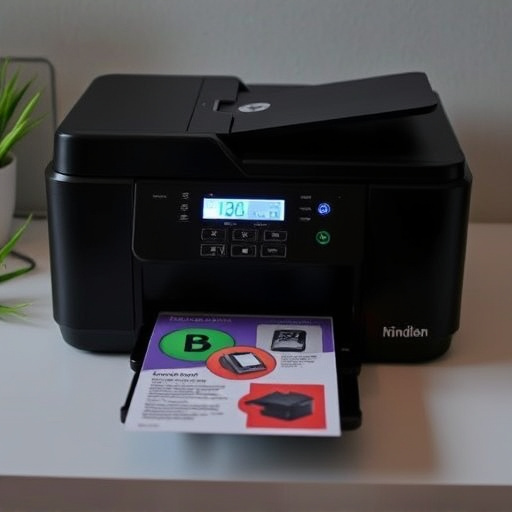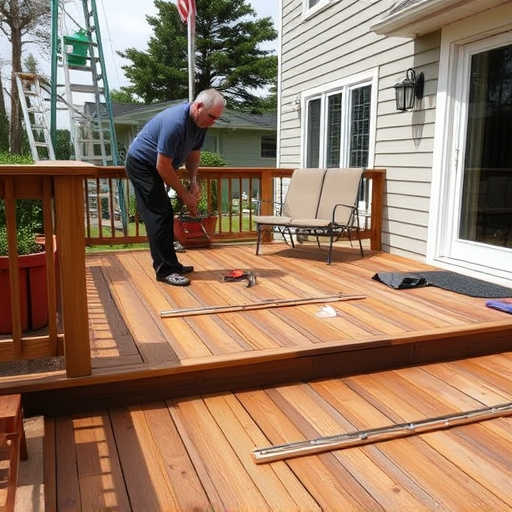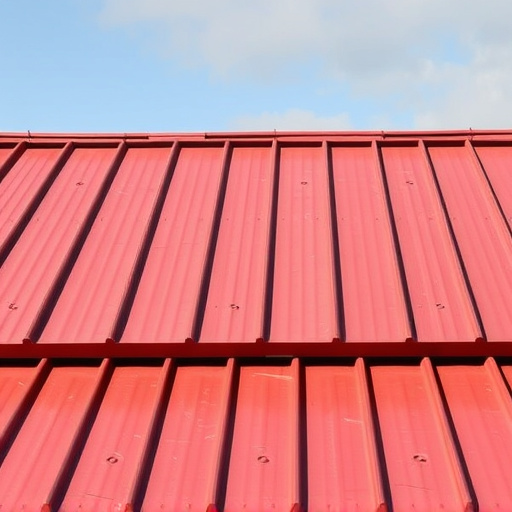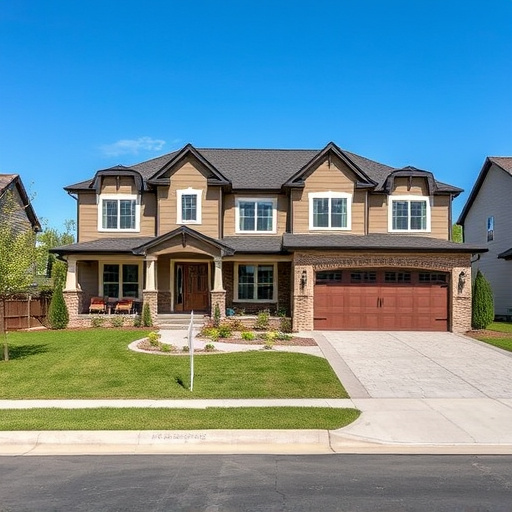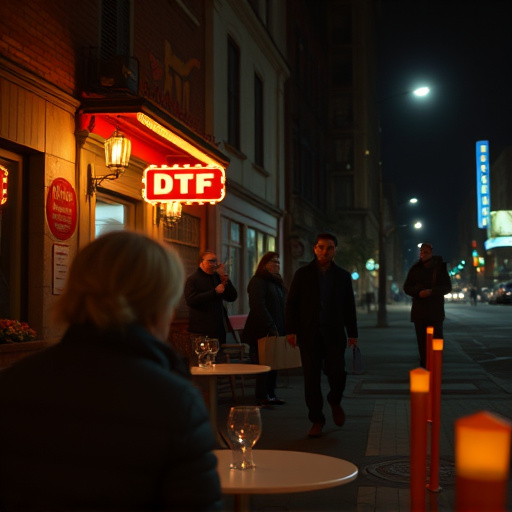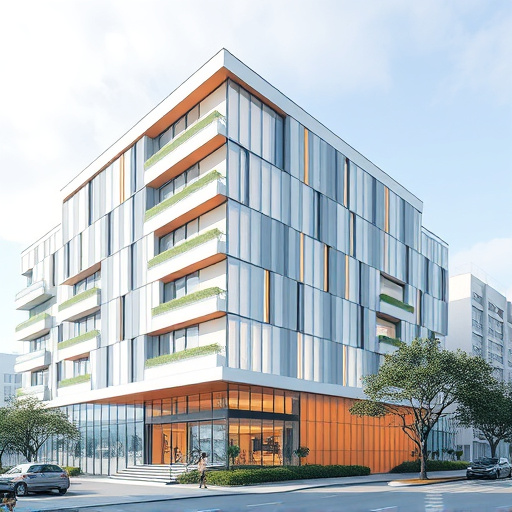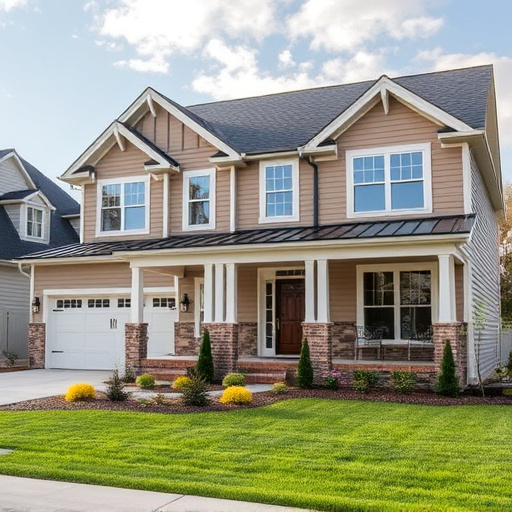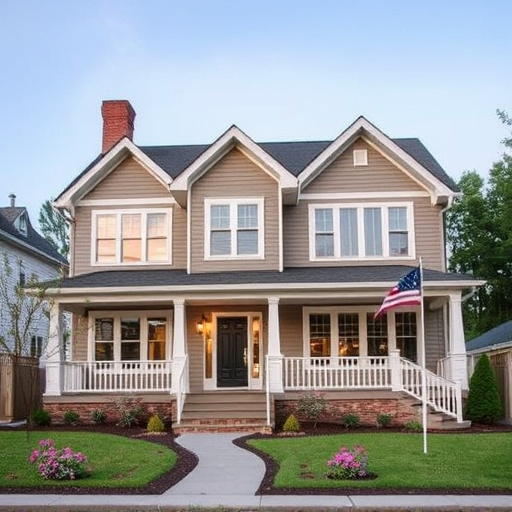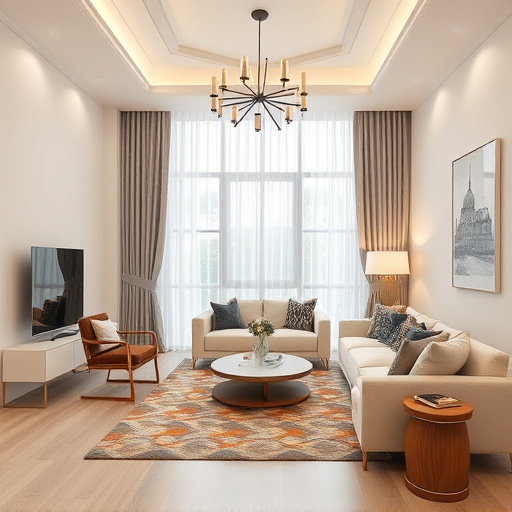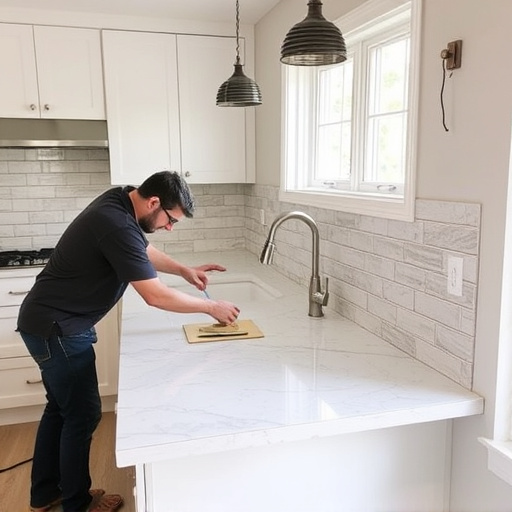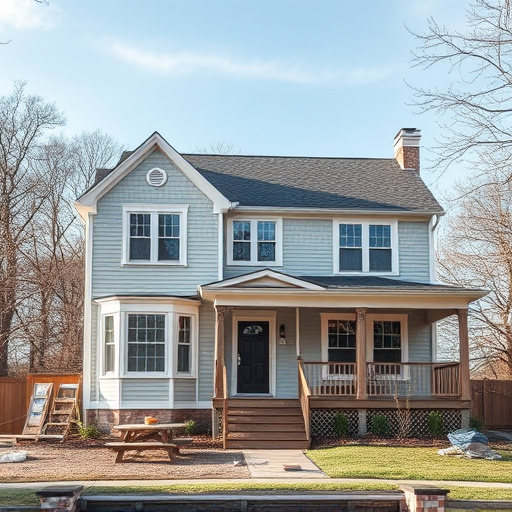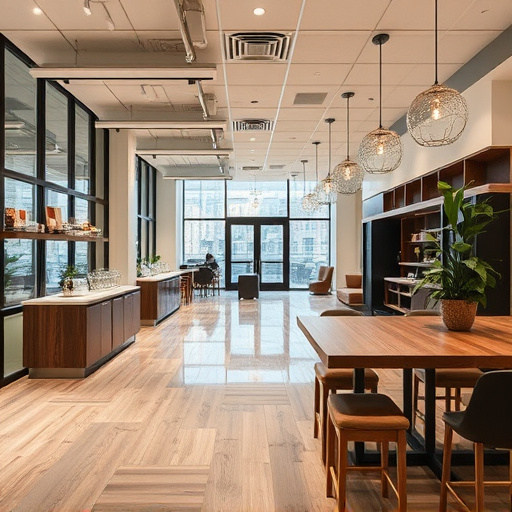Understanding your target audience is crucial for creating effective retail designs for pop-up shops. By conducting market research and defining customer profiles, retailers can tailor shop aesthetics to specific preferences. Visually stunning yet functional spaces that balance aesthetics and practicality encourage engagement through innovative product displays and efficient space utilization. Strategic layout and targeted marketing, including social media promotion and influencer collaborations, are key to success, ensuring pop-up shops captivate visitors in short periods.
In today’s competitive market, pop-up shops offer a dynamic platform for retailers to captivate customers. Effective retail design is key to standing out in a crowded landscape. This article explores strategies for creating memorable pop-up shop experiences, focusing on understanding target audiences, crafting visually stunning and functional spaces, and employing strategic layout and marketing techniques. Discover how innovative retail design can drive engagement and sales in this fast-paced environment.
- Understanding Your Target Audience for Pop-Up Shop Design
- Creating a Visually Stunning and Functional Retail Space
- Utilizing Strategic Layout and Marketing Techniques for Maximum Impact
Understanding Your Target Audience for Pop-Up Shop Design
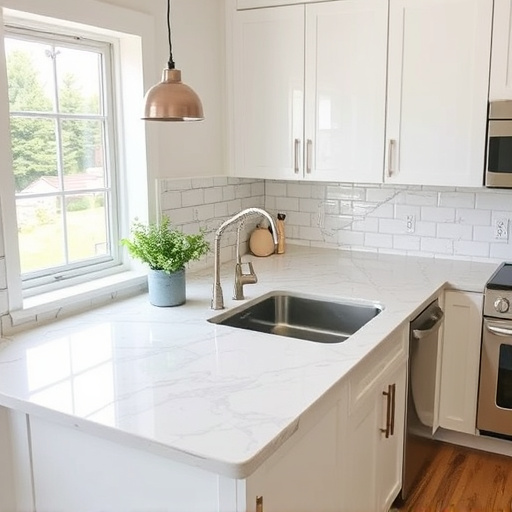
Understanding your target audience is a crucial step in creating retail design for pop-up shops that make a lasting impression. Unlike permanent stores, pop-ups have a limited lifespan and must attract and engage customers quickly. By conducting thorough market research and defining your ideal customer, you can tailor the shop’s aesthetics and layout to their preferences and needs. For example, if targeting young urban professionals interested in sustainable home improvement services, a minimalist, eco-friendly design with interactive product displays could resonate well.
Consider the demographics, behaviors, and interests of your audience when planning pop-up shop design. Incorporating elements from their everyday lives or addressing specific pain points related to home improvements—like efficient storage solutions for small spaces—will make your pop-up stand out and create a memorable shopping experience. Remember, successful retail design is not just about aesthetics; it’s about fostering connections and encouraging purchases within the constraints of a temporary space.
Creating a Visually Stunning and Functional Retail Space
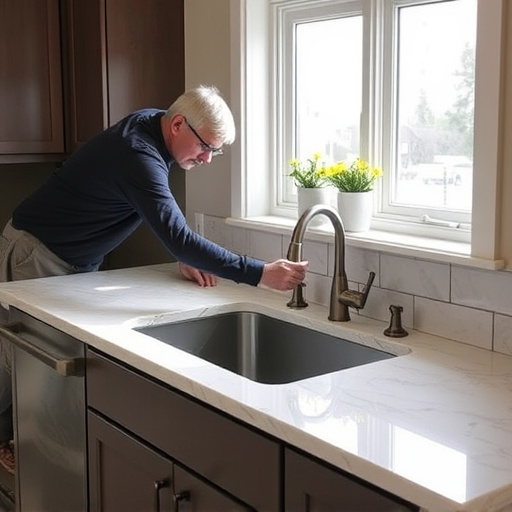
Creating a visually stunning retail space is an art that goes hand in hand with functionality. When designing for pop-up shops, it’s essential to balance eye-catching aesthetics with practical considerations. Retail design should cater to the unique needs of temporary storefronts, ensuring it’s not just a showcase but also a well-organized and accessible environment. A successful layout encourages customer engagement, allowing them to navigate effortlessly while appreciating the visual appeal.
The key lies in utilizing space efficiently, incorporating elements that enhance brand identity, and creating a harmonious blend of product display and lighting. Think beyond traditional retail displays; consider innovative ways to showcase products that align with the pop-up’s concept. Whether it’s an intimate setting for a niche brand or a vibrant, interactive space for a seasonal pop-up, the design should reflect the business’s essence while keeping in mind the limitations of a temporary setup. This approach ensures that the retail space not only stands out but also leaves a lasting impression on customers, mirroring the potential impact of permanent stores, even in the context of residential renovations or a bathroom remodel.
Utilizing Strategic Layout and Marketing Techniques for Maximum Impact
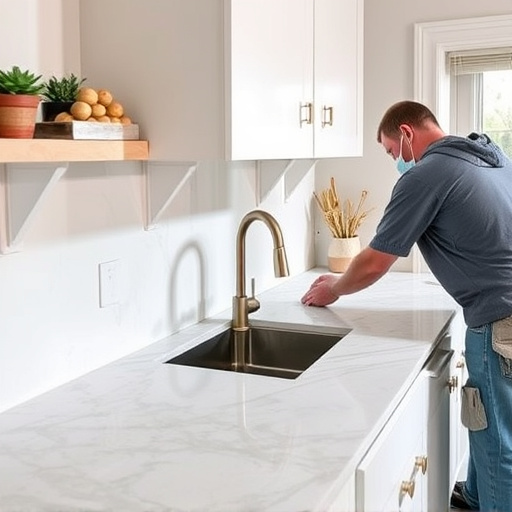
In retail design for pop-up shops, strategic layout plays a pivotal role in drawing customers and encouraging sales. A well-thought-out floor plan that considers customer flow, product placement, and visual merchandising can transform an ordinary space into a captivating experience. For instance, using guided routes to navigate the shop ensures that patrons wander past various display areas, increasing exposure to products. Incorporating interactive elements or unique product presentations can create memorable moments that foster engagement and leave a lasting impression.
Marketing techniques are equally vital for maximizing the impact of pop-up shops. Leveraging social media, both before and during the event, builds anticipation and attracts a targeted audience. Collaborating with influencers or local communities can further amplify reach. Additionally, offering exclusive deals or limited-edition products creates a sense of urgency and encourages spontaneous purchases. Compared to permanent retail spaces, pop-up shops demand creative strategies that captivate in short periods, making strategic layout and marketing the cornerstones of a successful temporary retail experience—much like refining a bathroom remodel or providing top renovation services for residential properties.
Pop-up shops offer a unique opportunity to engage customers in an innovative and memorable way. By understanding your target audience, creating visually appealing and functional spaces, and employing strategic layout and marketing techniques, you can elevate the pop-up shopping experience. Integrating these retail design principles ensures your shop stands out in a competitive market, fostering a successful and thriving temporary retail environment.
